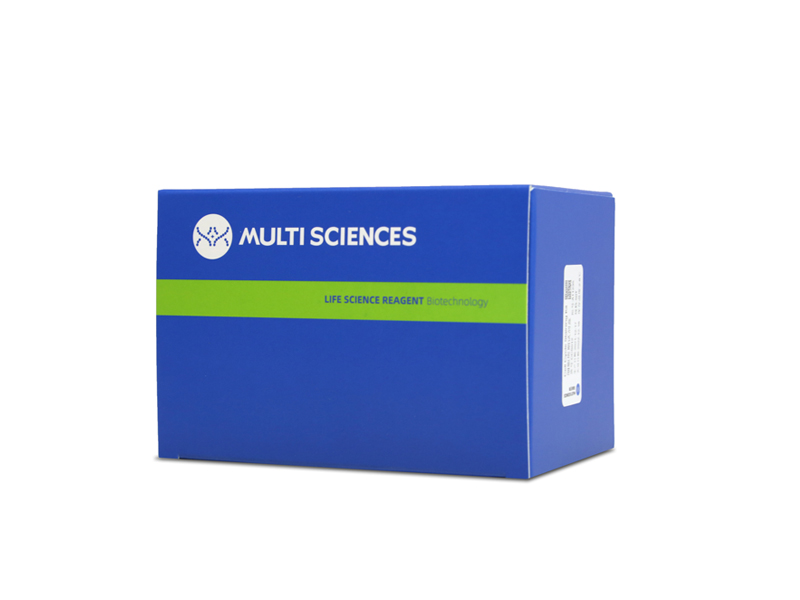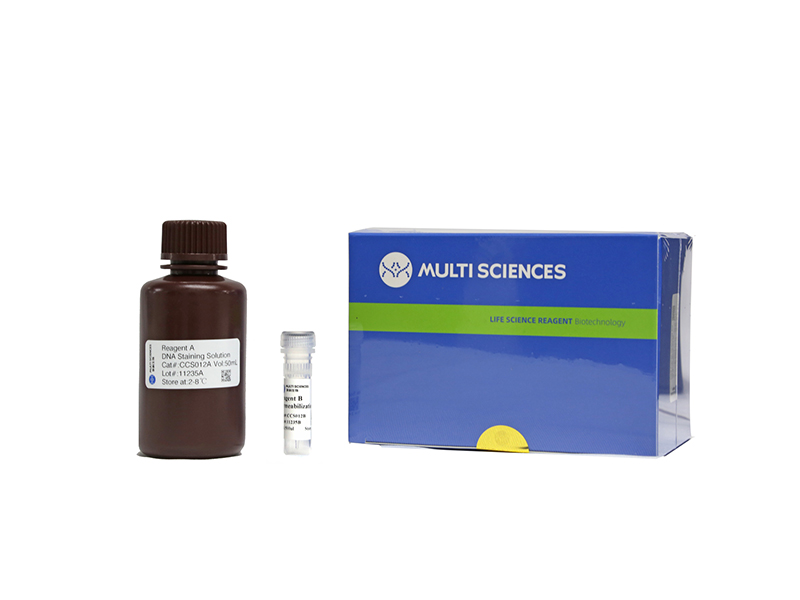OBJECTIVES: To investigate the mechanism of 2-methoxyestradiol (2-ME) in inhibiting hypoxia-induced collagen synthesis of fibroblasts in SSc. METHODS: The expressions of hypoxia-inducible factor 1 alpha (HIF-1α) and connective tissue growth factor (CTGF) in skin specimens derived from SSc patients and healthy volunteers were examined by immunohistochemistry. HIF-1α was knocked down by lentiviral transduction, and SSc dermal fibroblasts cultured under normoxic (21% O2) or hypoxic (1% O2) condition were treated with PI3K inhibitor LY294002, rapamycin or 2-ME (25 μM). The protein levels of HIF-1α, CTGF, collagen I, p-Akt and p-mTOR were examined by western blotting or immunofluorescence. Apoptosis and cell cycle of fibroblasts were assessed by flow cytometry and by measuring caspase 3 activity, and cell proliferation was evaluated by Cell Counting Kit-8. RESULTS: The expressions of HIF-1α and CTGF were increased in skins of SSc patients compared with healthy controls. Hypoxia up-regulated the protein levels of HIF-1α, CTGF and collagen I in SSc fibroblasts. In contrast, 2-ME inhibited PI3K/Akt/mTOR pathway and down-regulated protein levels of HIF-1α, CTGF and collagen I. Knockdown of HIF-1α reduced expressions of CTGF and collagen I, which were further down-regulated by 2-ME intervention. Moreover, 2-ME promoted the apoptosis and inhibited the proliferation of SSc fibroblasts by arresting the cell cycle at the G2/M phase. CONCLUSION: 2-ME reduced the production of CTGF and collagen I in SSc fibroblasts induced by hypoxia through PI3K/Akt/mTOR/HIF-1α signalling and inhibited the proliferation of fibroblasts. These findings suggested that 2-ME could be employed as a promising antifibrotic therapy for SSc.
文章引用产品
-
-
- CCS012
- 周期试剂盒
Cell Cycle Staining Kit 细胞周期检测试剂盒
-
¥390.00
-
- CCS012
- 周期试剂盒
Cell Cycle Staining Kit 细胞周期检测试剂盒
- ¥390.00



